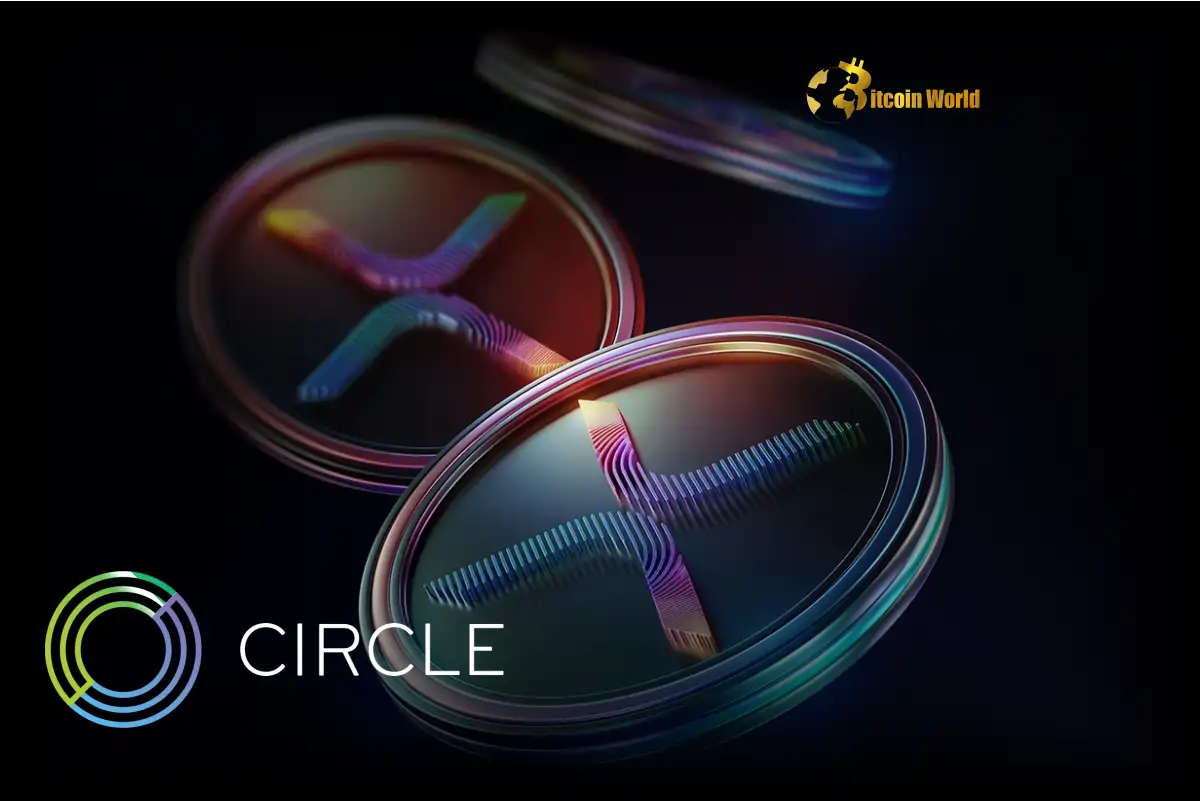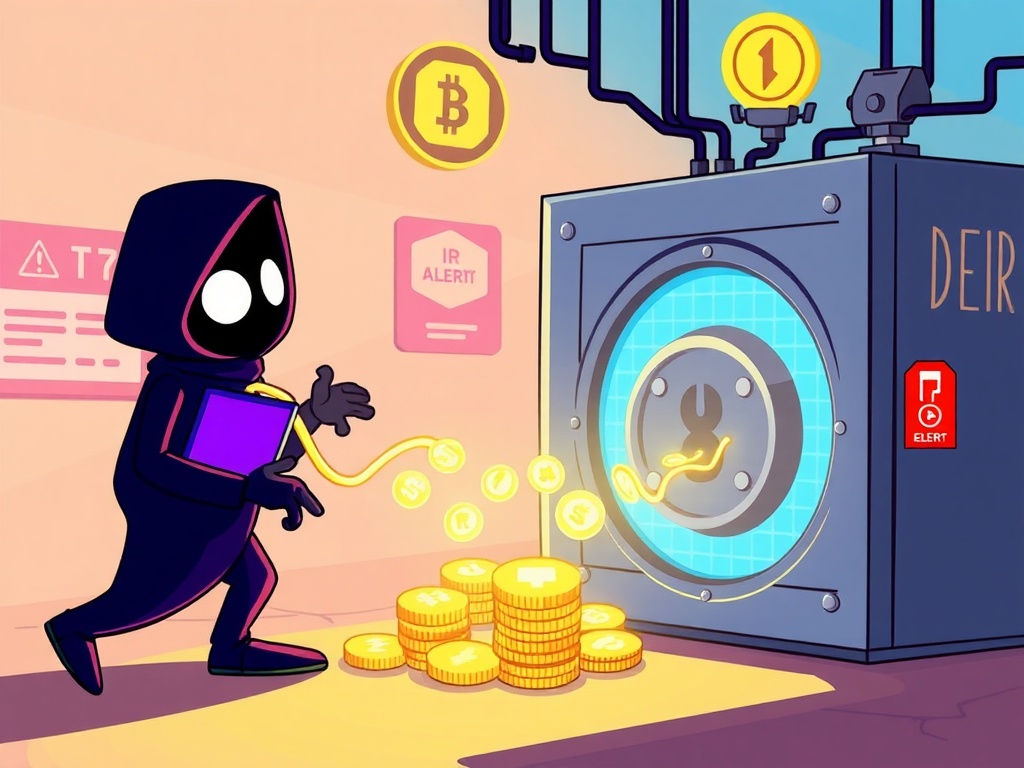BitcoinWorld

CrediX Recovers Funds: Triumphant $4.5 Million Exploit Recovery Marks a Milestone
In a remarkable turn of events for the decentralized finance (DeFi) space, CrediX, a prominent decentralized lending protocol, has achieved a full recovery of the $4.5 million in stolen crypto funds following a recent crypto exploit. This incredible news brings a wave of relief and sets a significant precedent for the industry, proving that even after a breach, a full CrediX recovers funds scenario is possible. This development showcases the resilience and proactive measures protocols can take in the face of adversity.
What Unfolded: The CrediX Exploit Incident?
The DeFi community was rocked on August 4th when CrediX experienced a significant security breach. An attacker managed to exploit vulnerabilities within the protocol, siphoning off approximately $4.5 million worth of digital assets. Such incidents often leave users disheartened and questioning the security of decentralized platforms. However, CrediX swiftly acknowledged the breach and initiated an immediate response, demonstrating transparency and a commitment to its user base.
The Path to Recovery: How CrediX Retrieved Stolen Crypto Funds
How did CrediX manage to pull off such an impressive feat? The protocol revealed through an official X (formerly Twitter) post that it had entered into a private settlement with the hacker. This negotiation proved successful, leading to the complete return of all the stolen crypto funds. This approach, while not always feasible, highlights the potential for direct engagement and negotiation in recovering assets post-exploit. The ability for CrediX to secure this agreement underscores a proactive and determined effort to protect user assets and maintain trust.
Key aspects of this recovery:
- Private Settlement: CrediX engaged directly with the exploiter to negotiate the return of assets.
- Full Recovery: All $4.5 million in stolen funds were successfully retrieved.
- User Compensation: Affected users are set to receive their compensation within 48 hours, demonstrating a swift resolution.
What This Fund Recovery Means for Users and DeFi Trust?
The successful CrediX recovers funds outcome sends a powerful message to its users and the broader DeFi ecosystem. For the directly affected users, the promise of compensation within 48 hours is a crucial step in rebuilding confidence. This quick turnaround minimizes the impact on their financial stability and reinforces the protocol’s commitment to its community. Moreover, this incident serves as a testament to the evolving maturity of the DeFi space.
This successful recovery could:
- Boost User Confidence: Reassure users about the safety of assets even in the event of a breach.
- Set a Precedent: Provide a case study for other protocols facing similar challenges.
- Strengthen Trust in DeFi: Demonstrate that robust incident response and recovery mechanisms are possible within decentralized environments.
Bolstering Blockchain Security After a Breach
While the recovery is a cause for celebration, it also serves as a stark reminder of the continuous need for robust blockchain security. Every crypto exploit, regardless of its outcome, offers valuable lessons. Protocols must continuously review and enhance their security audits, implement multi-layered defense mechanisms, and establish clear incident response plans. The CrediX recovery underscores that effective communication and swift action are paramount when a security incident occurs.
Moving forward, the focus for all decentralized lending protocol projects should remain on:
- Proactive Audits: Regular and thorough security assessments by independent experts.
- Bug Bounties: Incentivizing white-hat hackers to identify vulnerabilities before malicious actors.
- Community Vigilance: Encouraging users to report suspicious activities and stay informed.
The full recovery of stolen crypto funds by CrediX is an inspiring story of resilience and effective crisis management in the fast-paced world of decentralized finance. It highlights the growing sophistication of protocols in handling security incidents and their unwavering commitment to user protection. This event undoubtedly strengthens the narrative around the potential for growth and stability within the DeFi sector, even as it navigates the inherent risks of a rapidly evolving technological frontier.
Frequently Asked Questions (FAQs)
Q1: What happened to CrediX on August 4th?
CrediX, a decentralized lending protocol, suffered a security exploit on August 4th, resulting in the theft of approximately $4.5 million in crypto funds.
Q2: How did CrediX manage to recover the stolen funds?
CrediX successfully recovered all the stolen funds through a private settlement reached with the hacker who executed the exploit.
Q3: Will affected users be compensated for their losses?
Yes, CrediX announced that all affected users will be compensated for their losses within 48 hours of the fund recovery.
Q4: What does this recovery mean for the future of decentralized lending protocols?
This successful fund recovery sets a positive precedent, demonstrating that even after a significant crypto exploit, protocols can recover stolen assets, potentially boosting user confidence and highlighting the importance of robust incident response and blockchain security.
Q5: What measures can protocols take to prevent similar exploits?
Protocols can enhance their security by conducting regular, thorough security audits, implementing bug bounty programs, and establishing comprehensive incident response plans to address potential vulnerabilities and exploits.
If you found this article insightful, please consider sharing it with your network on social media! Help us spread the word about important developments in the crypto space and keep the community informed.
To learn more about the latest crypto market trends, explore our article on key developments shaping decentralized finance institutional adoption.
This post CrediX Recovers Funds: Triumphant $4.5 Million Exploit Recovery Marks a Milestone first appeared on BitcoinWorld and is written by Editorial Team





